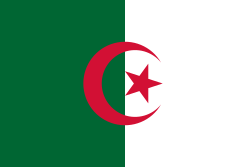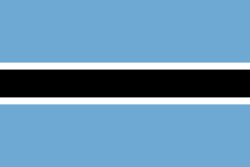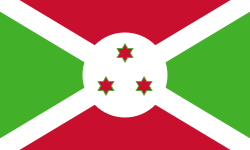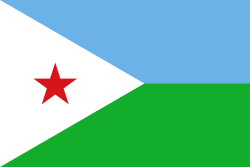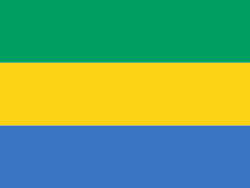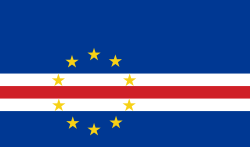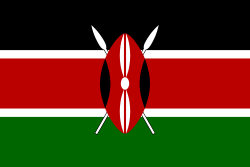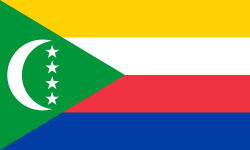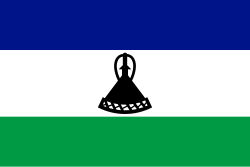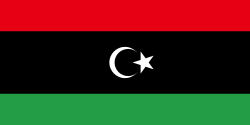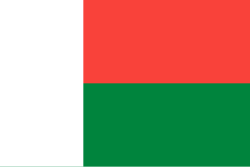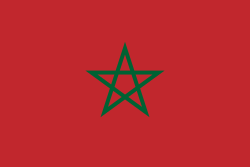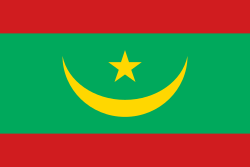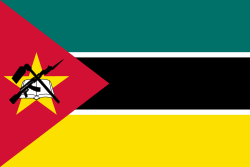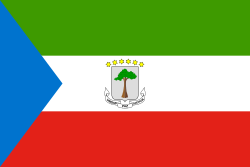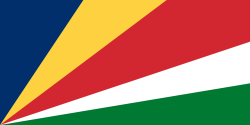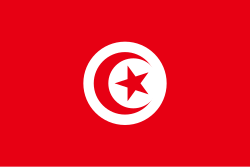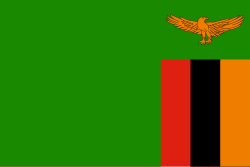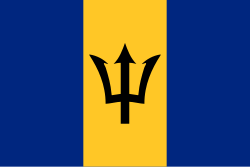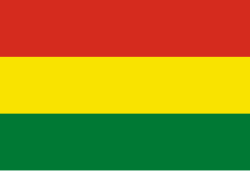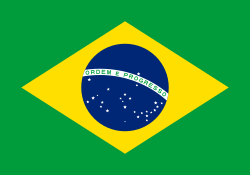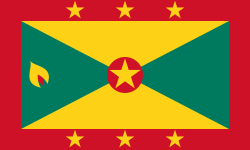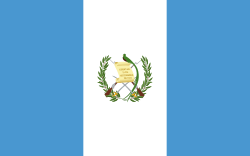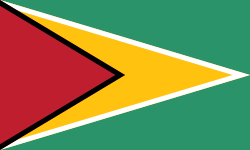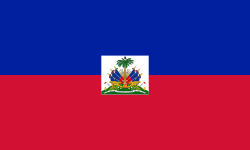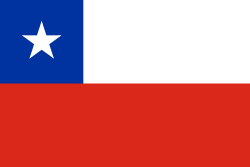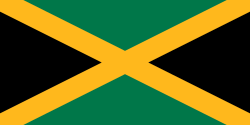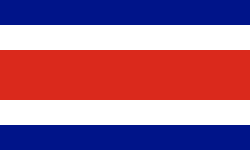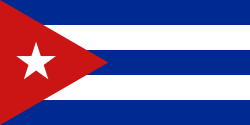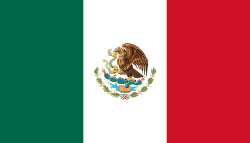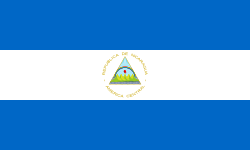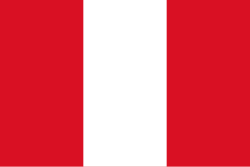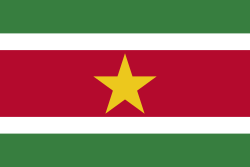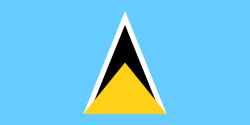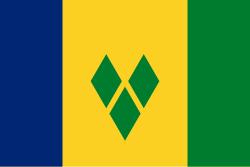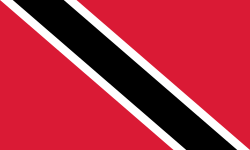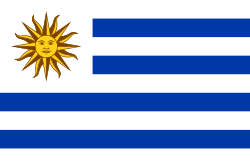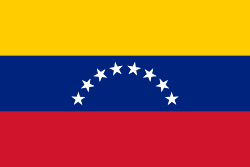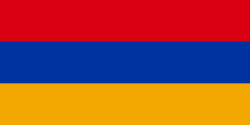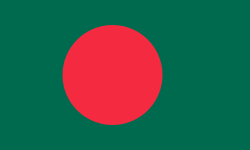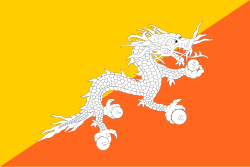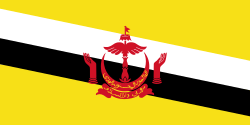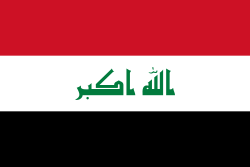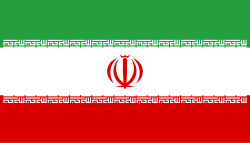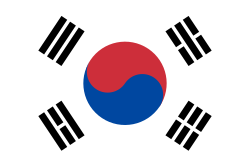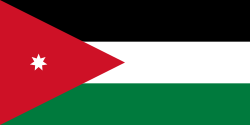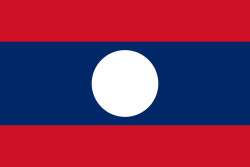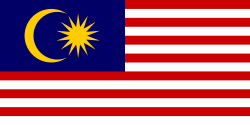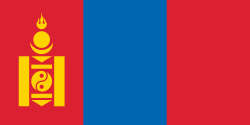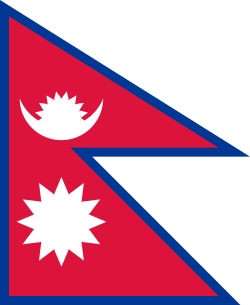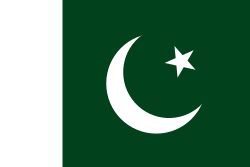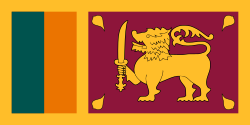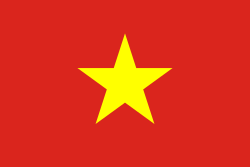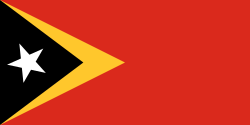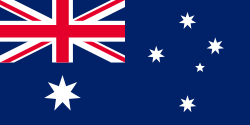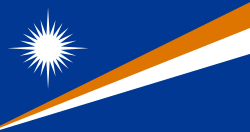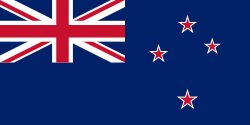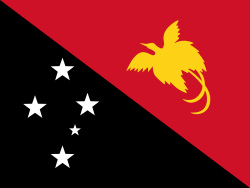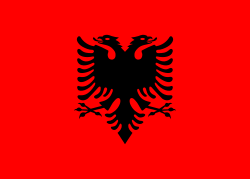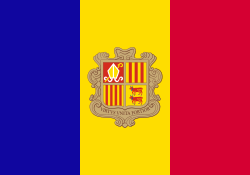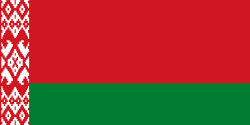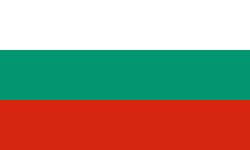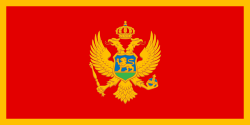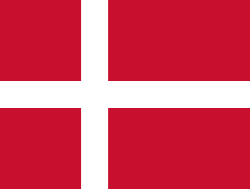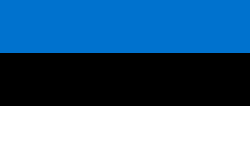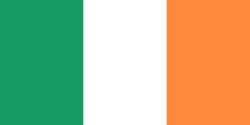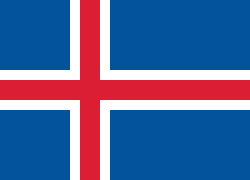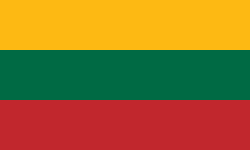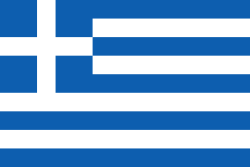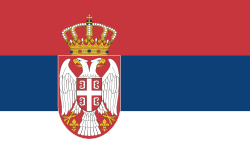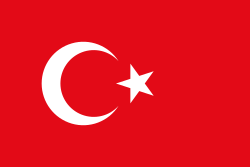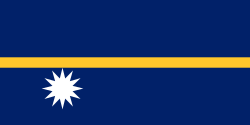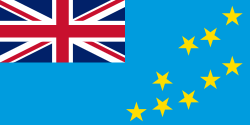Seznam seznamů měst
Seznamy měst tvoří přehledný soupis měst podle různých kategorií. Nejčastěji se vyskytují seznamy měst podle určitých regionů nebo podle počtu obyvatel; mezi méně časté lze zařadit například seznamy podle rozlohy, hustoty zalidnění, nadmořské výšky, národnostního zastoupení apod.
Základní problém seznamů měst podle datových kritérií (počet obyvatel, rozloha aj.) je ucelení a sjednocení data-času, ke kterému se dané informace shromažďují a také vymezení správné rozlohy města. Špatné a nestejné vymezení rozlohy města patří mezi nejčastější prohřešky u vytváření seznamů měst, proto se můžeme setkat například se seznamy měst podle počtu obyvatel, kde se jednotlivá data liší. Za správné vymezení oblasti se počítá takové území, které katastrálně a administrativně náleží danému městu, ostatní aglomerace, jež navyšují počet obyvatel, by se započítávat neměly (ne u všech měst totiž jednoznačně vyplývá, co lze zařadit do aglomerace vybraných měst).
Problém sjednocení času, ke kterému se data shromažďují, také představuje velkou nevýhodu pro srovnání. U většiny měst méně vyspělých zemí nejsou novější data dostupná a pracuje se s daty několik let starými. Při vytváření žebříčků se pak do poznámek uvádí datum, ke kterému se data vztahují. U měst, jejichž informace jsou staré právě několik let, tak dochází v případě rozvinutých zemí k velkému zkreslení. Porodnost a pozitivní migrace je v takových případech někdy extrémně vysoká a její výsledná skutečná hodnota se může od zastaralého statistického údaje lišit natolik, že pořadí takového města by mohlo být i o několik míst v pořadí rozdílné.
V zásadě platí, že seznamy měst podle datových kritérií jsou nejvhodnější pro většinu evropských měst a dalších měst ve vyspělých zemích, kde je dlouhá tradice působení statistických úřadů. U rozvojových zemí slouží podobné seznamy jen k orientačnímu přehledu.
Afrika
|
|
Amerika
Asie
|
|
|
Austrálie a Oceánie
|
Evropa
|
Ostatní seznamy měst
- Hlavní města světa
- Největší města v EU
- Žebříček kvality života
- Seznam měst přejmenovaných ve 20. století
Externí odkazy
 Obrázky, zvuky či videa k tématu Seznam seznamů měst na Wikimedia Commons
Obrázky, zvuky či videa k tématu Seznam seznamů měst na Wikimedia Commons
Média použitá na této stránce
Vlajka Angoly
Flag of Burkina Faso
Vlajka Etiopie
Used color: National flag | South African Government and Pantone Color Picker
| zelená | rendered as RGB 0 119 73 | Pantone 3415 C |
| žlutá | rendered as RGB 255 184 28 | Pantone 1235 C |
| červená | rendered as RGB 224 60 49 | Pantone 179 C |
| modrá | rendered as RGB 0 20 137 | Pantone Reflex Blue C |
| bílá | rendered as RGB 255 255 255 | |
| černá | rendered as RGB 0 0 0 |
Flag of Mauritania, adopted in 2017. The National Assembly added red stripes to the top and bottom edges to represent “the blood shed by the martyrs of independence”.
Flag of Namibia
Flag of the Ivory Coast, written by Jon Harald Søby, modified by Zscout370. The colors match to what is reported at http://fotw.vexillum.com/flags/ci.html.
Flag of Rwanda. The flag ratio is 2:3 with the stripes being 2:1:1. Colors are the following officially: Pantone 299 C 2X (blue), RAL 6029 (green), RAL 1023 (yellow) and RAL 1003 (golden yellow). (As of 03/08/2010, the only color used is the Pantone 299 C, which is from here. The rest of the colors are RAL shades from here.)
Flag of Senegal
The proportions of this flag are 3:2; however, there is no official definition for the correct proportions and also 5:3 is widely used.
Flag of São Tomé and Príncipe
| Flag of Bolivia* | |
|---|---|
| country | Template:I18n/Republic of Bolivia |
| used by | Bolivia |
| from | 1851 |
| until | Present |
| created by | Government of Bolivia |
| format | 15:22 |
| shape | rectangular |
| colours | červená, žlutá, zelená
flag has 3 horizontal stripes |
| other characteristics | A horizontal tricolor of red, yellow and green. |
The flag of the Dominican Republic has a centered white cross that extends to the edges. This emblem is similar to the flag design and shows a bible, a cross of gold and 6 Dominican flags. There are branches of olive and palm around the shield and above on the ribbon is the motto "Dios,Patria!, Libertad" ("God, Country, Freedom") and to amiable freedom. The blue is said to stand for liberty, red for the fire and blood of the independence struggle and the white cross symbolized that God has not forgotten his people. "Republica Dominicana". The Dominican flag was designed by Juan Pablo Duarte, father of the national Independence of Dominican Republic. The first dominican flag was sewn by a young lady named Concepción Bona, who lived across the street of El Baluarte, monument where the patriots gathered to fight for the independence, the night of February 27th, 1844. Concepción Bona was helped by her first cousin María de Jesús Pina.
The flag of the Dominican Republic has a centered white cross that extends to the edges. This emblem is similar to the flag design and shows a bible, a cross of gold and 6 Dominican flags. There are branches of olive and palm around the shield and above on the ribbon is the motto "Dios,Patria!, Libertad" ("God, Country, Freedom") and to amiable freedom. The blue is said to stand for liberty, red for the fire and blood of the independence struggle and the white cross symbolized that God has not forgotten his people. "Republica Dominicana". The Dominican flag was designed by Juan Pablo Duarte, father of the national Independence of Dominican Republic. The first dominican flag was sewn by a young lady named Concepción Bona, who lived across the street of El Baluarte, monument where the patriots gathered to fight for the independence, the night of February 27th, 1844. Concepción Bona was helped by her first cousin María de Jesús Pina.
The national and official state flag of Haiti; arms obtained from File:Coat of arms of Haiti.svg. The civil flag can be found at here.
Při zobrazení tohoto souboru lze snadno přidat orámování
Flag of Jamaica. “The sunshine, the land is green, and the people are strong and bold” is the symbolism of the colours of the flag. GOLD represents the natural wealth and beauty of sunlight; GREEN represents hope and agricultural resources; BLACK represents the strength and creativity of the people. The original symbolism, however, was "Hardships there are, but the land is green, and the sun shineth", where BLACK represented the hardships being faced.
Flag of Canada introduced in 1965, using Pantone colors. This design replaced the Canadian Red Ensign design.
Georgian flag in Pantone MS.
bendera Indonesia
Flag of Iran. The tricolor flag was introduced in 1906, but after the Islamic Revolution of 1979 the Arabic words 'Allahu akbar' ('God is great'), written in the Kufic script of the Qur'an and repeated 22 times, were added to the red and green strips where they border the white central strip and in the middle is the emblem of Iran (which is a stylized Persian alphabet of the Arabic word Allah ("God")).
The official ISIRI standard (translation at FotW) gives two slightly different methods of construction for the flag: a compass-and-straightedge construction used for File:Flag of Iran (official).svg, and a "simplified" construction sheet with rational numbers used for this file.
Flag of Laos
Při zobrazení tohoto souboru lze snadno přidat orámování
Při zobrazení tohoto souboru lze snadno přidat orámování
The national flag of Kingdom of Thailand; there are total of 3 colours:
- Red represents the blood spilt to protect Thailand’s independence and often more simply described as representing the nation.
- White represents the religion of Buddhism, the predominant religion of the nation
- Blue represents the monarchy of the nation, which is recognised as the centre of Thai hearts.
Flag of Australia, when congruence with this colour chart is required (i.e. when a "less bright" version is needed).
See Flag of Australia.svg for main file information.This is the national flag of Belgium, according to the Official Guide to Belgian Protocol. It has a 13:15 aspect ratio, though it is rarely seen in this ratio.
Its colours are defined as Pantone black, Pantone yellow 115, and Pantone red 032; also given as CMYK 0,0,0,100; 0,8.5,79,0; and 0,94,87,0.Vlajka České republiky. Podoba státní vlajky České republiky je definována zákonem České národní rady č. 3/1993 Sb., o státních symbolech České republiky, přijatým 17. prosince 1992 a který nabyl účinnosti 1. ledna 1993, kdy rozdělením České a Slovenské Federativní republiky vznikla samostatná Česká republika. Vlajka je popsána v § 4 takto: „Státní vlajka České republiky se skládá z horního pruhu bílého a dolního pruhu červeného, mezi něž je vsunut žerďový modrý klín do poloviny délky vlajky. Poměr šířky k její délce je 2 : 3.“
Finská vlajka
Zelený pruh má znázorňovat většinové katolické obyvatelsto Irska, oranžový pruh reprezentuje protestantskou menšinu a bílý pruh uprostřed znázorňuje mír a harmonii mezi nimi.
The Flag of Iceland.
- Horizontal aspect ratio: 7:1:2:1:14;
- Vertical aspect ratio: 7:1:2:1:7.
Flag of Liechtenstein
Flag of Portugal, created by Columbano Bordalo Pinheiro (1857-1929), officially adopted by Portuguese government in June 30th 1911 (in use since about November 1910).
Flag of Plzeň Region
Flag of South Bohemian Region
The national flag of Nauru. Pantone 280c (Blue) and Pantone 123c (Yellow). On Pantone's official website these colours have the hexadecimal codes of #012169 and #FFC72C.
